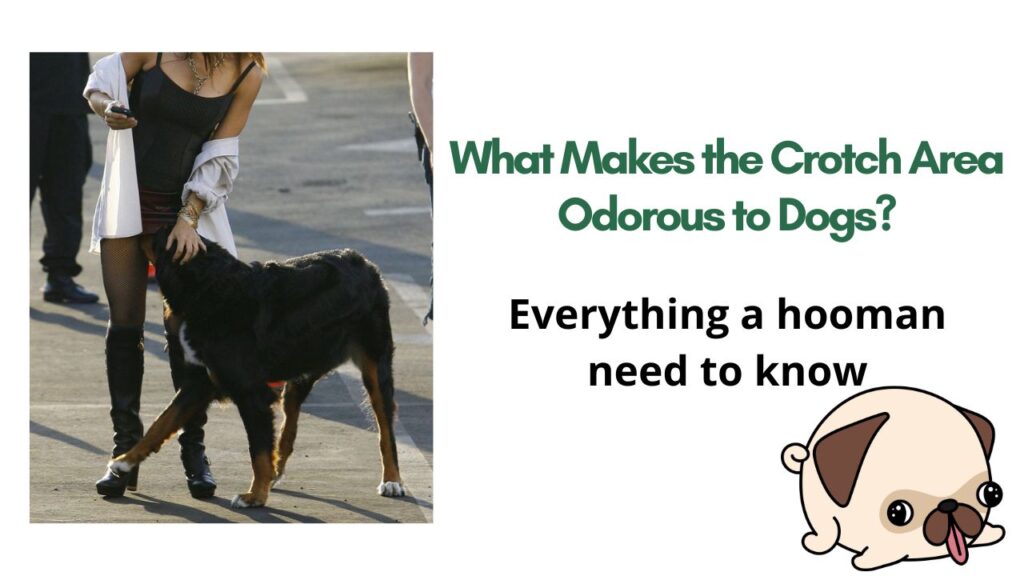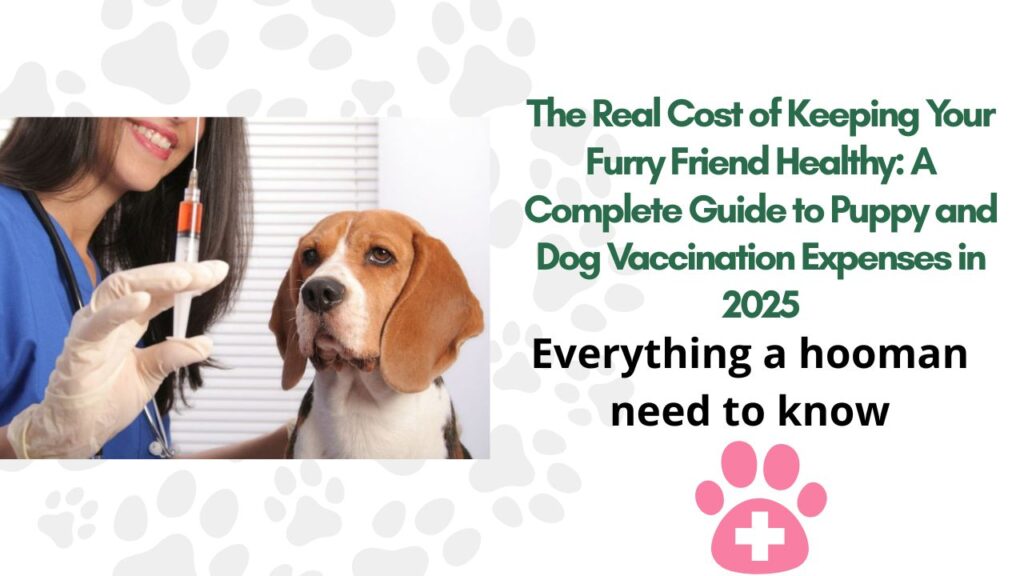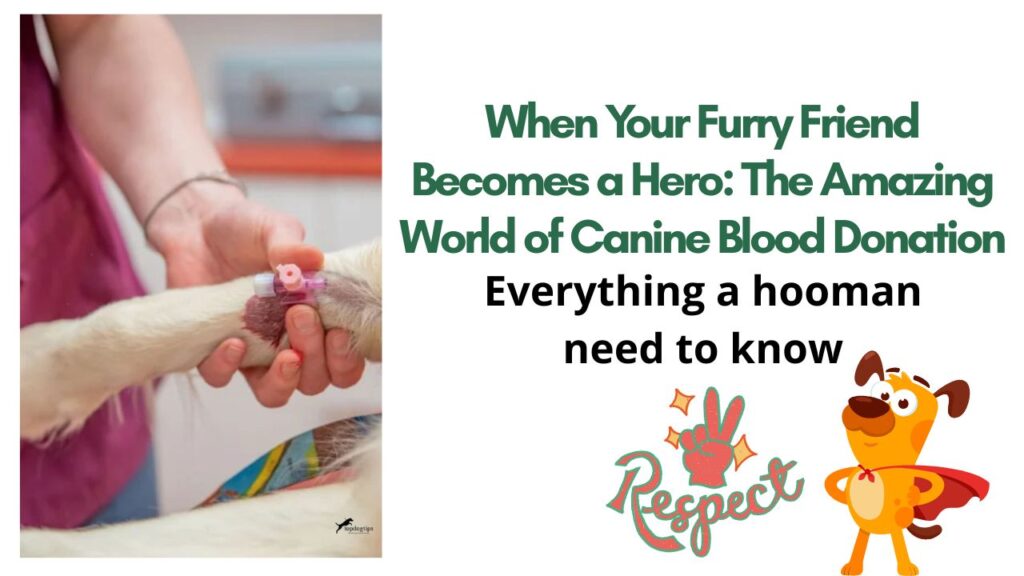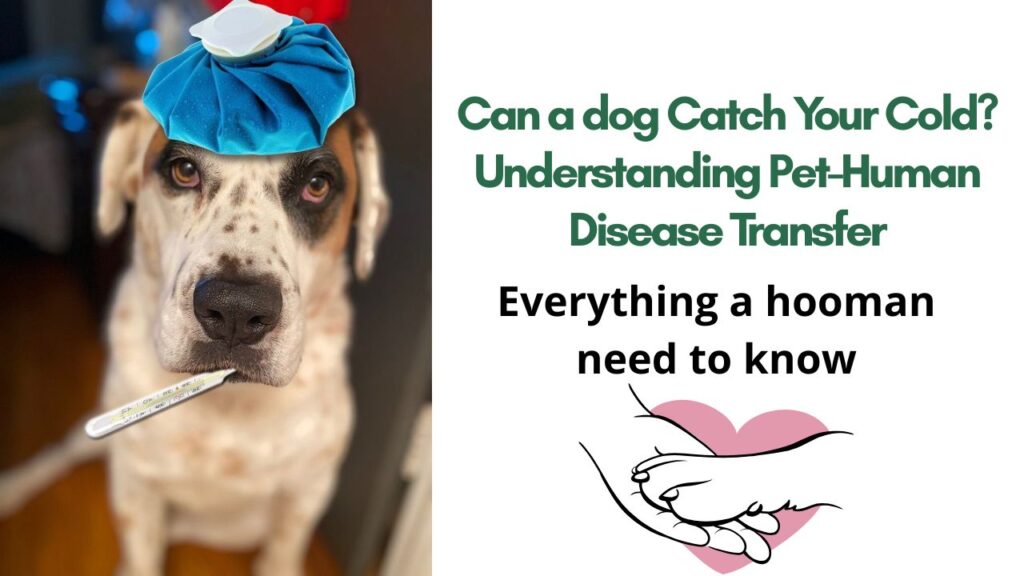Picture this: you’re playing with your beloved furry friend or perhaps greeting a friendly neighborhood dog when suddenly – ouch! Their nail catches your skin, leaving you with a scratch. Don’t panic! While dog nail scratches are incredibly common, knowing how to handle them properly can make all the difference between a minor inconvenience and a potential health concern.
As someone who’s spent over a decade writing about pet safety and human health, I’ve seen countless cases where people either overreact or completely ignore these seemingly minor incidents. The truth is, dog scratches fall somewhere in the middle – they’re usually not dangerous, but they do require proper attention and care.
A Brief Look at Those Adorable (Yet Sharp) Dog Nails
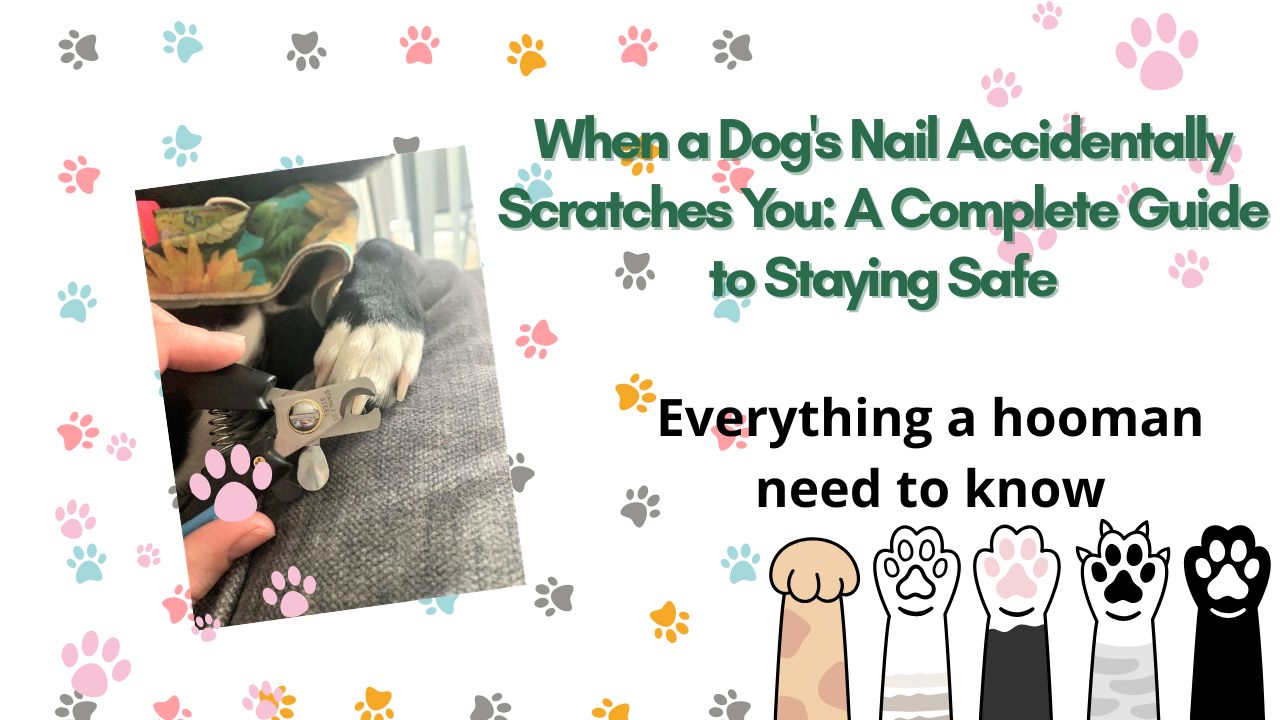
Let’s start by understanding what we’re dealing with. Dog nails are fascinating structures that serve multiple purposes in our canine companions’ daily lives. Unlike human nails, dog nails contain a living tissue called the “quick” that’s packed with nerves and blood vessels. This makes their nails incredibly sensitive, which is why many dogs dislike having their paws handled.
Here’s what makes dog nails unique:
The Structure: Each nail consists of a hard keratin shell protecting the sensitive quick underneath. This design helps dogs grip surfaces, dig, and even defend themselves when necessary.
The Growth Pattern: Dog nails grow continuously throughout their lives, much like our own fingernails. Without regular trimming or natural wear from walking on hard surfaces, they can become quite long and sharp.
The Bacteria Factor: Here’s where things get interesting from a health perspective. Dog nail beds are naturally dirty environments. Dogs walk on all sorts of surfaces, dig in dirt, and regularly lick their paws, transferring bacteria from their mouths directly onto their nails. This bacterial cocktail can include everything from common environmental germs to more concerning pathogens like Staphylococcus aureus and Pasteurella multocida.
The reality is that even the cleanest, most well-cared-for dog will have some level of bacteria under their nails. It’s simply part of being a dog! This doesn’t mean you should fear every interaction with your furry friends, but it does mean you should take proper precautions when scratches occur.
What to Do If a Dog’s Nail Scratches Your Skin
When a dog’s nail scratches you, your immediate response can significantly impact how well the wound heals and whether complications develop. Let me walk you through the proper steps, based on both medical recommendations and real-world experience.
Immediate Assessment
First, take a deep breath and assess the situation calmly. Look at the scratch carefully:
- Is it bleeding heavily or just showing minor surface damage?
- How deep does the scratch appear to be?
- Is the skin actually broken, or is it just red and irritated?
Minor scratches that don’t break the skin typically only cause temporary redness and mild discomfort. These are the easiest to manage and pose the lowest risk of complications.
Deeper scratches that penetrate the skin require more attention, as they create an entry point for bacteria.
Step-by-Step Treatment Process
Step 1: Control Any Bleeding
If the scratch is bleeding, don’t panic. Apply gentle pressure using a clean cloth or gauze pad. Elevate the injured area above your heart if possible, and maintain steady pressure until the bleeding stops. Avoid using tourniquets or overly tight bandages.
Step 2: Thorough Cleaning
This is arguably the most crucial step. Clean the wound thoroughly with warm water and mild soap. Don’t just give it a quick rinse – spend at least 3-5 minutes gently washing the area. The goal is to remove any bacteria, dirt, or debris that might have entered the wound.
Here’s a pro tip from my years of research: don’t scrub aggressively, as this can actually push bacteria deeper into the tissue. Instead, let the water flow over the wound while gently cleaning around the edges.
Step 3: Disinfection
After cleaning, apply an antiseptic solution or over-the-counter antibiotic ointment. This creates an additional barrier against bacterial infection and helps promote healing.
Step 4: Proper Bandaging
Cover the wound with a sterile bandage or clean cloth. This protects the area from further contamination while it begins to heal. Change the bandage daily and reapply antibiotic ointment as needed.
Monitoring for Complications
The next 72 hours are critical for monitoring your dog scratch wound. Watch for these warning signs that might indicate an infection is developing:
- Increased redness and swelling around the wound site
- Red streaking extending from the scratch (this is particularly concerning)
- Warmth or heat radiating from the area
- Pus or unusual discharge from the wound
- Fever or flu-like symptoms
- Persistent or worsening pain
If you notice any of these symptoms, seek medical attention promptly. Bacterial infections from dog scratches can progress quickly, and early intervention is key to preventing more serious complications.
Common Mistakes People Make When They See an Excited Dog
Over the years, I’ve observed countless interactions between humans and excited dogs, and certain patterns of mistakes keep appearing. Understanding these common errors can help you avoid situations that lead to accidental scratches in the first place.
Mistake #1: Matching the Dog’s Energy Level
When a dog gets excited, our natural human tendency is often to match their enthusiasm. We might raise our voices, make quick movements, or encourage their jumping behavior. However, this approach typically backfires, escalating the dog’s excitement rather than calming them down.
The Better Approach: Stay calm and composed. Dogs are incredibly perceptive to human energy, and they often mirror what they sense from us. If you remain steady and peaceful, the dog is more likely to settle down naturally.
Mistake #2: Rewarding Unwanted Behaviors
Here’s a mistake I see constantly: people inadvertently reward the exact behaviors they want to discourage. When an excited dog jumps up, many people will pet them, talk to them, or even push them down – all of which the dog interprets as attention and reward.
The Better Approach: Turn away and ignore jumping or overly excited behavior. Only give attention when the dog has all four paws on the ground and is displaying calm behavior.
Mistake #3: Inconsistent Responses
Dogs thrive on consistency, but humans often send mixed messages. One day you might allow jumping during play, and the next day you discourage it. This confusion makes it much harder for dogs to understand what’s expected of them.
The Better Approach: Establish clear rules and stick to them consistently. If jumping isn’t allowed, it should never be allowed – not during playtime, not when you’re in a good mood, and not when guests visit.
Mistake #4: Failing to Redirect Energy
Simply telling an excited dog “no” without providing an alternative behavior is like asking someone to stop thinking about elephants – it rarely works effectively.
The Better Approach: Redirect the dog’s energy toward appropriate behaviors. Ask them to sit, offer a toy, or toss treats on the ground to redirect their focus. This gives them something positive to do with their excitement.
Mistake #5: Ignoring Warning Signs
Excitement can sometimes escalate beyond playful enthusiasm into overstimulation or even stress. Many people miss the subtle signs that a dog is becoming overwhelmed rather than just happy.
The Better Approach: Learn to recognize when excitement is becoming problematic. Signs include excessive panting, inability to focus, repetitive behaviors, or difficulty calming down even when the exciting stimulus is removed.
Essential Things to Know Before Heading to a Healthcare Center
If you’ve been scratched by a dog and are considering seeking medical attention, there are several important pieces of information you should gather beforehand. This preparation can help healthcare providers give you the most appropriate care and make the most informed decisions about your treatment.
Information About the Dog
Vaccination Status: This is perhaps the most critical piece of information. If possible, determine whether the dog is up-to-date on its rabies vaccination. While rabies transmission through scratches is extremely rare, it’s not impossible, especially if the dog’s saliva was present on its nails.
Ownership and Health History: Was this a family pet, a neighbor’s dog, or a stray animal? Known pets with regular veterinary care pose significantly lower risks than unknown or stray animals.
Behavior at the Time: Was the dog acting normally, or did it seem sick, aggressive, or behaving strangely? Unusual behavior in animals can sometimes indicate illness.
Details About the Incident
Time and Date: When exactly did the scratch occur? This information helps healthcare providers assess infection risk and determine appropriate treatment timelines.
Circumstances: How did the scratch happen? Was it during play, an accident, or did the dog seem aggressive? The context can influence risk assessment.
Location on Your Body: Scratches on certain areas of the body, particularly the face, hands, or feet, are considered higher risk for infection and may require more aggressive treatment.
Your Medical History
Tetanus Vaccination Status: When was your last tetanus shot? Adults typically need tetanus boosters every 10 years, but if you have a potentially contaminated wound and it’s been more than 5 years since your last shot, you might need an updated vaccination.
Immune System Status: Do you have diabetes, take immunosuppressive medications, or have any conditions that might compromise your immune system? People with weakened immune systems are at higher risk for complications from bacterial infections.
Allergies: Are you allergic to any antibiotics or medications? This information is crucial if preventive antibiotic treatment is recommended.
Current Symptoms
Physical Symptoms: Document any pain, swelling, redness, or discharge from the wound. Take photos if possible – they can be helpful for healthcare providers to assess the severity.
Systemic Symptoms: Are you experiencing fever, chills, fatigue, or any flu-like symptoms? These could indicate that an infection is developing.
Progression: Has the wound gotten better, worse, or stayed the same since the incident occurred?
When to Seek Immediate Care
Certain situations warrant immediate medical attention rather than waiting for an appointment:
- Heavy bleeding that won’t stop after 10 minutes of direct pressure
- Deep wounds that may require stitches
- Scratches on the face, hands, or feet
- Signs of infection developing rapidly
- Bites or scratches from unknown or stray animals
- Any scratch if you have a compromised immune system
How to Prevent Dog Nail Scratches
Prevention is always better than treatment, and there are numerous strategies you can employ to minimize your risk of getting scratched by dog nails. These approaches range from understanding dog behavior to practical safety measures.
Understanding Dog Body Language
Learning to read canine body language is one of your best defenses against accidental scratches. Excited dogs often display predictable behaviors before they jump or scratch.
Signs of Building Excitement:
- Rapid tail wagging
- Panting or heavy breathing
- Inability to sit still
- Focused staring at you or a stimulus
- Whining or vocalizing
- Pacing or circling
When you notice these signs, it’s time to implement calming strategies before the excitement escalates to jumping or scratching behaviors.
Proper Interaction Techniques
Approach Calmly: When greeting any dog, approach slowly and calmly. Sudden movements or loud voices can trigger excitement that leads to jumping and scratching.
Keep Hands Low: Avoid reaching over a dog’s head or making grabbing motions. Instead, let the dog come to you and keep your hands at your sides or extended low for the dog to sniff.
Redirect Energy: If a dog starts to get excited, immediately redirect their attention to appropriate behaviors like sitting or focusing on a toy.
Environmental Management
Nail Maintenance: If you own a dog, regular nail trimming is essential. Long nails are more likely to cause accidental scratches during normal interactions. Most dogs need their nails trimmed every 3-4 weeks.
Safe Play Areas: When playing with dogs, choose areas with enough space for both you and the dog to move safely. Cramped spaces increase the likelihood of accidental contact.
Appropriate Toys: Use toys that keep the dog’s attention focused away from your body. Tug toys, balls, and puzzle toys can provide outlets for energy without requiring direct physical contact.
Clothing Considerations
Protective Clothing: When working with unfamiliar dogs or in situations where scratches are more likely, consider wearing long sleeves and pants. This provides a barrier between your skin and potential scratches.
Avoid Loose Clothing: Flowing fabrics can trigger a dog’s prey drive or get caught on nails, increasing the risk of accidents.
Training and Socialization
Basic Commands: Dogs that respond reliably to commands like “sit,” “stay,” and “down” are much easier to manage when they become excited. Invest time in basic obedience training.
Impulse Control: Teach dogs to wait for permission before greeting people. This simple skill can prevent many jumping and scratching incidents.
Consistent Rules: Establish and maintain consistent rules about jumping and physical contact. If jumping isn’t allowed, it should never be allowed.
Frequently Asked Questions About Dog Nail Scratches
Based on my years of research and the most common concerns I encounter, here are the questions people ask most frequently about dog nail scratches.
Q1: Can I get rabies from a dog nail scratch?
While rabies transmission through scratches is theoretically possible, it’s extremely unlikely. The rabies virus is primarily transmitted through saliva, and it would require the dog to have saliva on its nails and for that saliva to enter your bloodstream through the scratch. Most domestic dogs are vaccinated against rabies, making this scenario even more improbable. However, if you’re scratched by a stray or unknown dog, it’s worth discussing with a healthcare provider.
Q2: How long does it take for a dog scratch to heal?
Minor scratches that don’t break the skin typically heal within a few days. Deeper scratches that penetrate the skin usually take 7-10 days to heal completely, provided there are no complications. Factors that can affect healing time include your overall health, the depth of the scratch, how well you care for the wound, and whether any infection develops.
Q3: What are the signs that a dog scratch is infected?
Watch for these warning signs of bacterial infection:
- Increasing redness and swelling around the wound
- Red streaking extending from the scratch
- Warmth or heat radiating from the area
- Pus or unusual discharge
- Fever or flu-like symptoms
- Persistent or worsening pain after the first day or two
If you notice any of these symptoms, seek medical attention promptly.
Q4: Should I put anything on a dog scratch?
Yes, proper wound care is important. After thoroughly cleaning the scratch with soap and water, apply an over-the-counter antibiotic ointment and cover with a clean bandage. Change the bandage daily and reapply the ointment. Avoid using hydrogen peroxide or alcohol directly on the wound, as these can actually slow healing.
Q5: When should I see a doctor for a dog scratch?
Seek medical attention if:
- The scratch is deep or won’t stop bleeding
- It’s located on your face, hands, or feet
- You notice signs of infection developing
- The dog was unknown, stray, or acting strangely
- You have a compromised immune system
- Your tetanus vaccination isn’t current
- You’re experiencing fever or flu-like symptoms
Q6: Can dog scratches cause serious infections?
While most dog scratches heal without complications, serious infections can occur. Capnocytophaga bacteria, which some dogs carry in their mouths, can cause severe infections in people with compromised immune systems. MRSA and other antibiotic-resistant bacteria are also possible, though rare. This is why proper wound care and monitoring are so important.
Q7: How can I prevent my dog from scratching people accidentally?
Regular nail trimming is the most effective prevention method. Additionally, train your dog not to jump on people, provide appropriate outlets for energy and excitement, and teach basic commands like “sit” and “stay”. If your dog tends to get overly excited around visitors, consider management strategies like keeping them on a leash during greetings or using baby gates to control their access to guests.
Conclusion
After spending years researching and writing about the intersection of pet ownership and human health, I can tell you that dog nail scratches are one of those topics that often cause unnecessary anxiety. The reality is that while these incidents are common, they’re rarely serious when handled properly.
The key takeaway from everything we’ve discussed is this: preparation and proper response make all the difference. When you understand how to assess a scratch, clean it properly, and monitor for complications, you’re equipped to handle these situations confidently and safely.
Remember that our canine companions don’t scratch us intentionally. Whether it’s your beloved family pet or a friendly neighborhood dog, they’re simply being dogs – playing, greeting, and expressing their natural enthusiasm for life. The occasional scratch is just part of sharing our world with these wonderful creatures.
What I hope you’ll take away from this guide is not fear, but knowledge. Knowledge about how to interact safely with excited dogs, how to care for scratches when they occur, and when to seek additional help. This understanding allows you to continue enjoying the incredible bond between humans and dogs while keeping everyone safe and healthy.
The street dogs that inspired the beginning of this article – those resilient, spirited companions who bring joy to our neighborhoods – deserve our respect and understanding. By learning how to interact with them safely, we can continue to celebrate their presence in our communities while protecting both their wellbeing and our own.
If you found this guide helpful, I encourage you to share it with other dog lovers in your life. The more people who understand proper dog scratch care and prevention, the safer and more enjoyable our interactions with our four-legged friends become.
Stay safe, keep learning, and never stop appreciating the wonderful world of dogs that surrounds us every day. After all, a little scratch is a small price to pay for the immeasurable joy these amazing animals bring to our lives.
